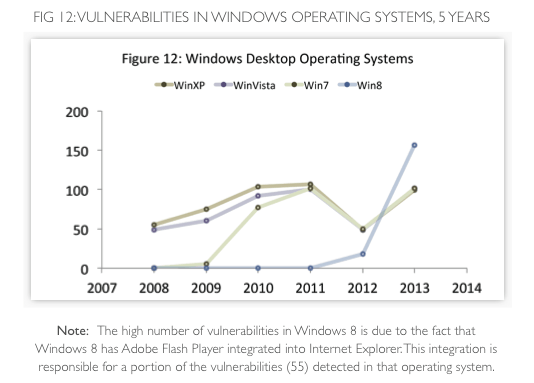By Rob Thubron | TechSpot
In what may be the final nail in the coffin for Flash, Facebook has now abandoned the technology in favor of HTML5 for all web videos that appear on its News Feed, Pages, and in the embedded Facebook video player.
Facebook says it is continuing to work with Adobe to deliver a reliable and secure Flash experience for games on the platform, but the social network has switched to HTML5 video playback by default in all browsers.
Daniel Baulig, an engineer at Facebook, said: “Not only did launching the HTML5 video player make development easier, but it also improved the video experience for people on Facebook. Videos now start playing faster. People like, comment, and share more on videos after the switch, and users have been reporting fewer bugs. People appear to be spending more time with video because of it.”
Baulig added that Facebook introduced the HTML5 player a while ago to a small number of browsers, but there were several problems stopping the company making a complete switch from Flash across all platforms.
“In theory, most browsers in use support HTML5 video. However, in practice we noticed that a lot of the older browsers would simply perform worse using the HTML5 player than they had with the old Flash player. We saw more errors, longer loading times, and a generally worse experience,” he said. “That’s why we waited until recently to ship the HTML5 player to all browsers by default, with the exception of a small set of them.”
Back in July, Facebook’s chief of security, Alex Stamos, tweeted that it was time for Adobe to announce the end-of-life date for Flash and to ask browser makers to set killbits on the same day. YouTube switched to an HTML5-based player in January this year, and Adobe recently tried to distance itself from the technology by renaming Flash Pro to Adobe Animate CC.
As Facebook joins the ranks of so many other companies in denouncing Flash, will 2016 be the year we finally say goodbye to the aging system once and for all?







